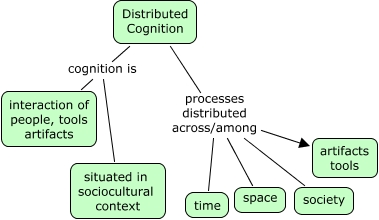Distributed Cognition Theory

Major contributors to the theory
Distributed perception is a psychological theory developed by Edwin Hutchins in the mid-1980s. By adopting ideas from the fields of sociology and cognitive science, it turns out that it focuses on the social aspects of cognition. It is a framework (not a method) based on coordination between individuals, physical forms and the environment.
It includes several key components:
- Include the information included in the interaction representations
- Coordinate representations between embodied elements
- Environmental contributions to environmental knowledge
- Distributed perception is a branch of cognitive science that assumes that knowledge and human perception are not limited to the individual. Beyond that, this perception is distributed by imparting memories, facts, or knowledge to objects, individuals, or tools that exist in our environment. Distributed perception is also a useful approach as it redesigns the social forms of knowledge by focusing attention on the individual and his / her environment. Distributed perception of a system is seen as a set of representations and models for the exchange of information between those representations. Such representations can either be in the participants' mental space or external representations may be available in the environment.
The concept of distributed cognition can also be observed in cultures and societies. Learning certain habits or following certain traditions can be seen as a perception distributed to a group of people. Exploring distributed cognition across a group or culture is one way we can understand how it might work.
https://www.youtube.com/watch?v=lHdA2w3MEbw